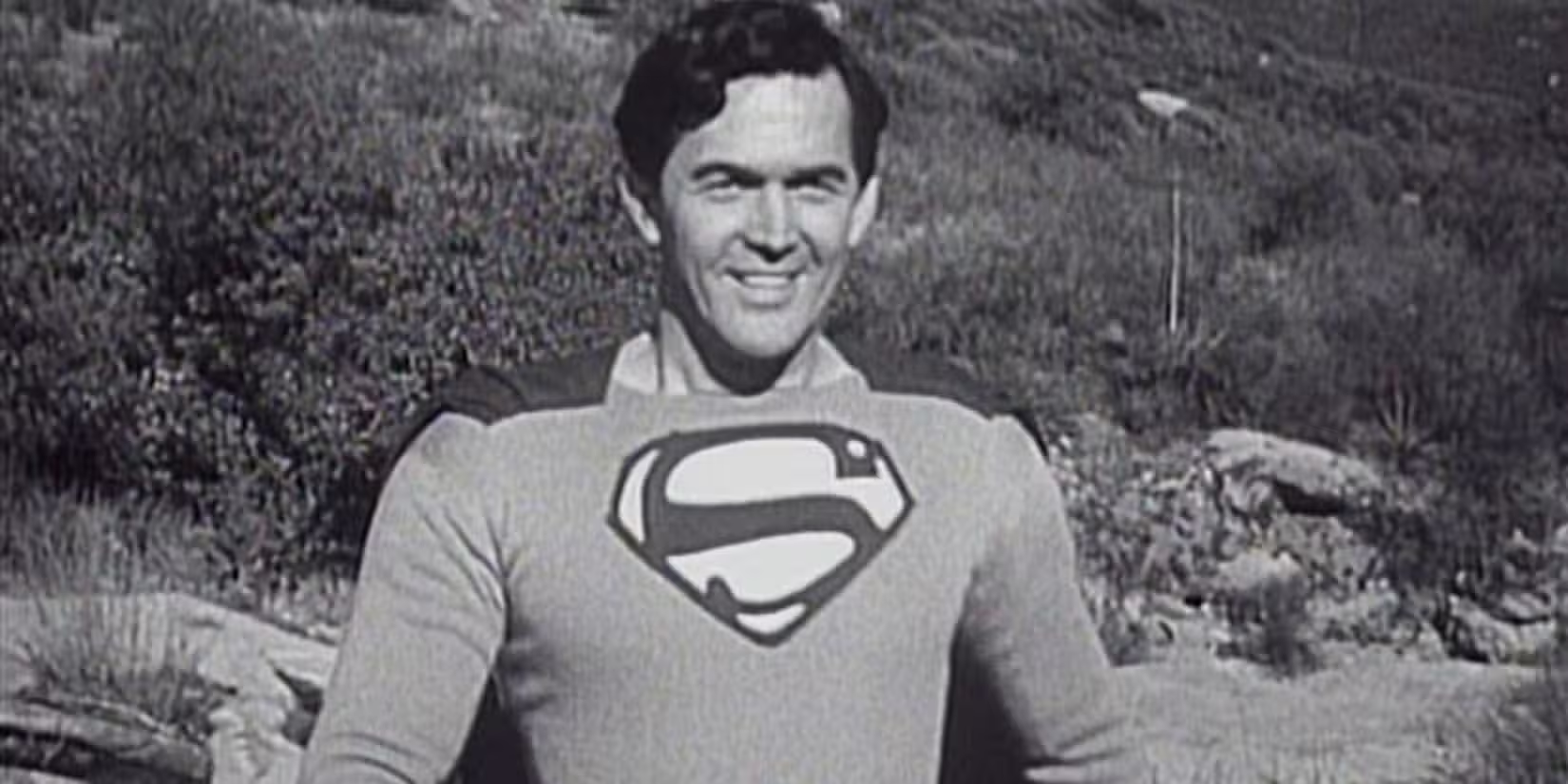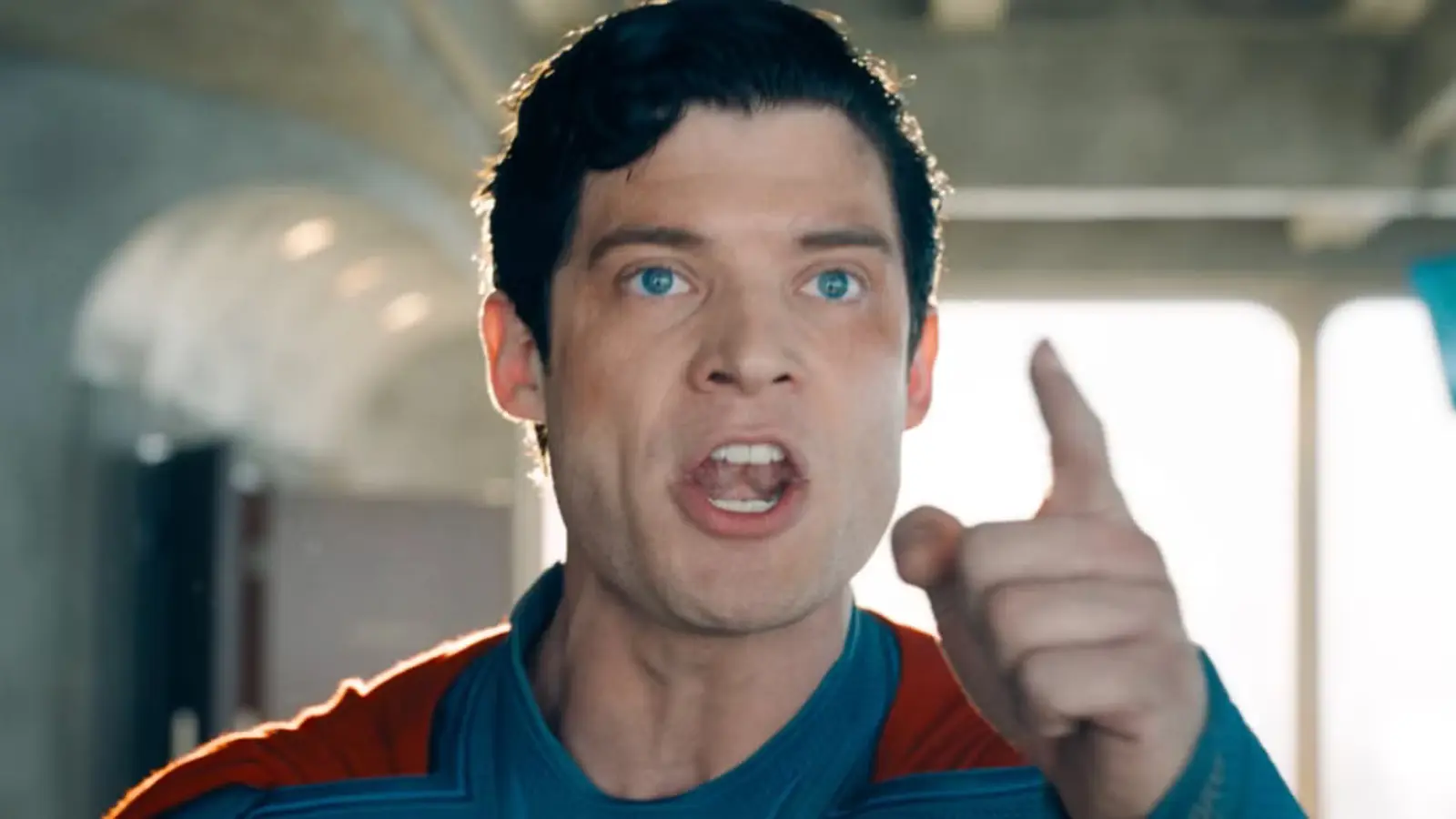5 Minutes
When Worlds Almost Collided: A Forgotten 1948 Moment
Long before blockbuster CGI, streaming universes and studio crossovers, there was a curious moment in film history when Superman came face-to-face with a spider-themed threat that looks, in hindsight, like a proto Superhero crossover. The 1948 Superman film serial — starring Kirk Alyn as the Man of Steel and Carol Forman as the villainous Spider Lady — staged an encounter that, if judged by aesthetics alone, was the closest audiences got to a Superman vs. Spider-Man showdown nearly eight decades ago.
What the 1948 Serial Actually Was
Serials were episodic movie installments popular in the 1930s and 1940s. The Superman serial was designed to bring the comic strip’s spectacle to the screen in short chapters, cliffhangers and all. Spider Lady’s motif relied on an electrified spider-web and a crime-queen costume rather than arachnid powers — her real tools were devices and kryptonite, showing how early superhero cinema adapted comic ideas within technological and budgetary limits.
Behind the Scenes: Tricks, Animation and Practical Effects
Special effects were rudimentary. Flying sequences were often animated or achieved with rear-projection and practical rigs; there was no modern CGI to sell suspension of disbelief. Nevertheless, the serial’s ingenuity mattered: it proved that comic-book characters could sell tickets and inspired future superhero films. The production choices — painted backdrops, animated flying frames, and serialized storytelling — influenced how studios later approached big-screen heroes.
Why This Feels Like a Crossover
Spider Lady’s visual iconography — the mask, the spider-web traps — is reminiscent of what we think of as Spider-Man’s rogue gallery, even though she’s firmly a DC-era villain. That visual echo is why some fans and historians imagine an alternate timeline where those serial chapters were literally a battle between Superman and Spider-Man. The idea of a cross-franchise fight taps into the cultural appetite for “what if?” matchups, much like other studio crossovers such as Freddy vs. Jason or the fevered debates around Marvel’s Civil War adaptations.

Comparisons and the Long Road to Modern Crossovers
It’s worth comparing the 1948 serial’s constrained creativity with modern superhero cinema. Films like Spider-Man: No Way Home or the Avengers ensemble movies thrive on connective storytelling and high-end visual effects, while the Superman serial had to rely on episodic tension and homemade gadgetry. Even aborted projects — for example, the reportedly spider-themed sequence meant for the unmade Nicolas Cage Superman film, glimpsed in The Flash — show how studios have toyed with crossing genres and creatures long before cinematic universes became mainstream.
Industry Context: Why Cross-Studio Crossovers Remain Rare
Crossovers like a true DC/Marvel showdown face legal, branding and financial hurdles. The MCU and the DCU operate under different studios and strategies, and the business mechanics that allow shared universes within one studio don’t scale easily across corporate lines. That’s why, despite fans’ appetite, an official Superman vs. Spider-Man film is still more fantasy than likelihood.
"The 1948 serial is a fascinating artifact: it’s not a crossover in the modern sense, but it shows how cinematic imagination repurposes motifs across decades," says Elena Morozova, cinema historian. "Those early chapters taught filmmakers how to sell a hero on screen even without today's VFX, and they laid the groundwork for shared-story experiments we see now in streaming and franchise filmmaking."
Fan Reactions, Legacy and Cultural Impact
Fans on forums and social media love connecting dots — the Spider Lady inspired cosplay, remix art and speculative threads imagining inter-studio bouts. Critics, meanwhile, view the serial as both charming and crude: it’s historic rather than artistically triumphant. Still, its commercial success helped normalize comic-book adaptations and opened a path for icons like Superman to be repeatedly reinvented on film and TV.
Conclusion: Why the 1948 Serial Still Matters
The 1948 Superman serial may not have delivered a canonical Superman vs. Spider-Man fight, but it offered an early template for how to translate comic-book spectacle to moving pictures. It also reminds us that cross-pollination of ideas — costume motifs, villain archetypes, serialized suspense — has always been part of superhero cinema. Whether or not Marvel and DC ever put their flagship heroes on a single poster, that serial remains an imaginative ancestor to modern superhero storytelling: inventive, resourceful, and unapologetically cinematic.
Source: screenrant



Leave a Comment